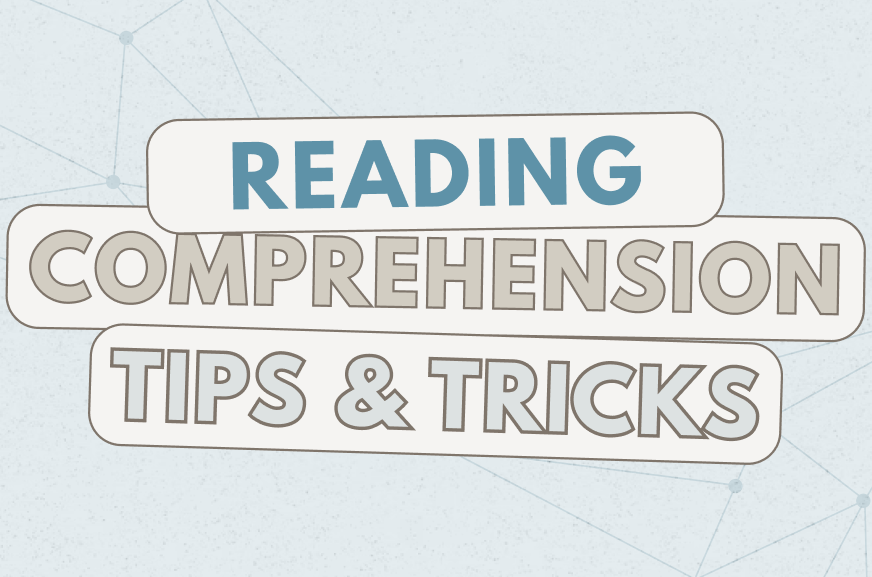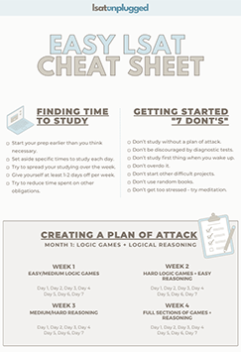or…How I Learned to Stop Worrying and Love the LSAT (Part 3 of 3)
Who do you think does better on the day of the LSAT – the person who enjoys reading or the person who hates it?
Part 1 of this series covered Logic Games, and Part 2 dealt with Logical Reasoning. This is Part 3.
How to Improve Reading Comprehension and Concentration
Prevent “spacing out” by reading long analytical articles of the type found in NYTimes Magazine, the Atlantic, the Economist, Harper’s, The Smithsonian, New Scientist, Scientific American, New Yorker, NY Review of Books, etc. You can generally subscribe to them via email and RSS.
The LSAT has no video section, so you’ll have to increase your attention span by reading more. Daily newspapers aren’t sufficient for this purpose. Instead of burying key information throughout the article as LSAT passages do, daily newspapers put important info at the beginning. They’re catering to the public’s short attention span.
Read about subjects that wouldn’t normally interest you. You don’t need to be an expert on the intricacies of nuclear fission, but it wouldn’t hurt to skim a few science journals to see how scientists write. The same goes for philosophy and the humanities in general. The passage on Ronald Dworkin in PrepTest 35 is much easier if you already know something about legal positivism.
Comparison with Logical Reasoning
Much of what I’ve said about Logical Reasoning in previous posts applies to Reading Comprehension as well. Nearly every Logical Reasoning question has a parallel type in Reading Comprehension. Fortunately, the strategies for those questions apply to Reading Comp as well.
Of course, Reading Comp contains a few types of questions you won’t see in Logical Reasoning such as “what is the author’s attitude?” The “must be true” questions are often trickier as well.
Make a List of Reading Comprehension Vocabulary Words
More important than these minor differences is the vocabulary used in Reading Comprehension. The authors use language in a very precise manner, and you’ll pick up on their nuances as you complete more passages. Maintain a list of RC words you don’t use in everyday speech or see in everyday writing (“eschew” comes to mind). You may not know less common meanings of words like “qualify,” and you might find you don’t know the exact meanings of “ambiguity” and “ambivalence.”
Read for the Passage’s Structure, not its Content
I’ve said this in other posts, but it’s worth repeating: the content of a LR stimulus or a RC passage is less important than its structure / argument. Always look identify the relevant portions of the argument (evidence or conclusion). “Speed-reading” techniques won’t work because you’re not reading for informational purposes.
You probably don’t care about the regulatory, acclimatory, and developmental adaptive responses of overwintering macropterous/micropterous waterbugs (PrepTest 2). If you do, entomology’s probably a more promising career path. If you insist on law, save your interest in the waterbugs for another time. The LSAT only requires you know these adaptive responses exist (after reading the passage) and where you can find them in the passage.
As you read, look for:
-the main points (conclusions)
-underlying facts (evidence)
-main players (supporters and critics)
-players’ motivations / interests (if any)
Reading comprehension is a mechanical process, so treat it like a fact-finding mission. Search the passage for each of the things I’ve just listed.
Of course, it would be too easy if the answer to a main point (conclusion) question were worded exactly as written in the stimulus. For this reason, you need to be able to quickly find and identify each of these things so you have more time to recognize how they’ve been reworded in the answer choices. It helps if you’re familiar with commonly-used terms in RC and their synonyms (covered in my previous RC post – linked above).
How to Read More Quickly
Don’t pronounce words in your head as you read, and don’t move your lips as you read. You can think faster than you speak, so if you cut off the connection between reading and speaking, you’ll retain information even as you increase your speed.
How to Find the Main Point
First of all, it’s the author’s conclusion. Approach main point questions just as you would approach Logical Reasoning main point / conclusion questions. The main point is NOT the summary. It’s simply what the author’s trying to convince you is true. This will most closely resemble an opinion, rather than background info or undeniable facts. It can be at the beginning, middle, or end.
Depending upon the type of passage, the main point will take different forms.
If the passage is about a:
-problem, the main point is the solution.
-mystery (cause / effect), the main point should be the explanation the author advocates.
-person the author likes / dislikes, the main point is that the person is great / not great. Evidence will be reasons for opinion.
-study / experiment, the main point is that the study / experiment is good / bad. Evidence will strengthen / weaken study’s validity by attacking study / people conducting it.

